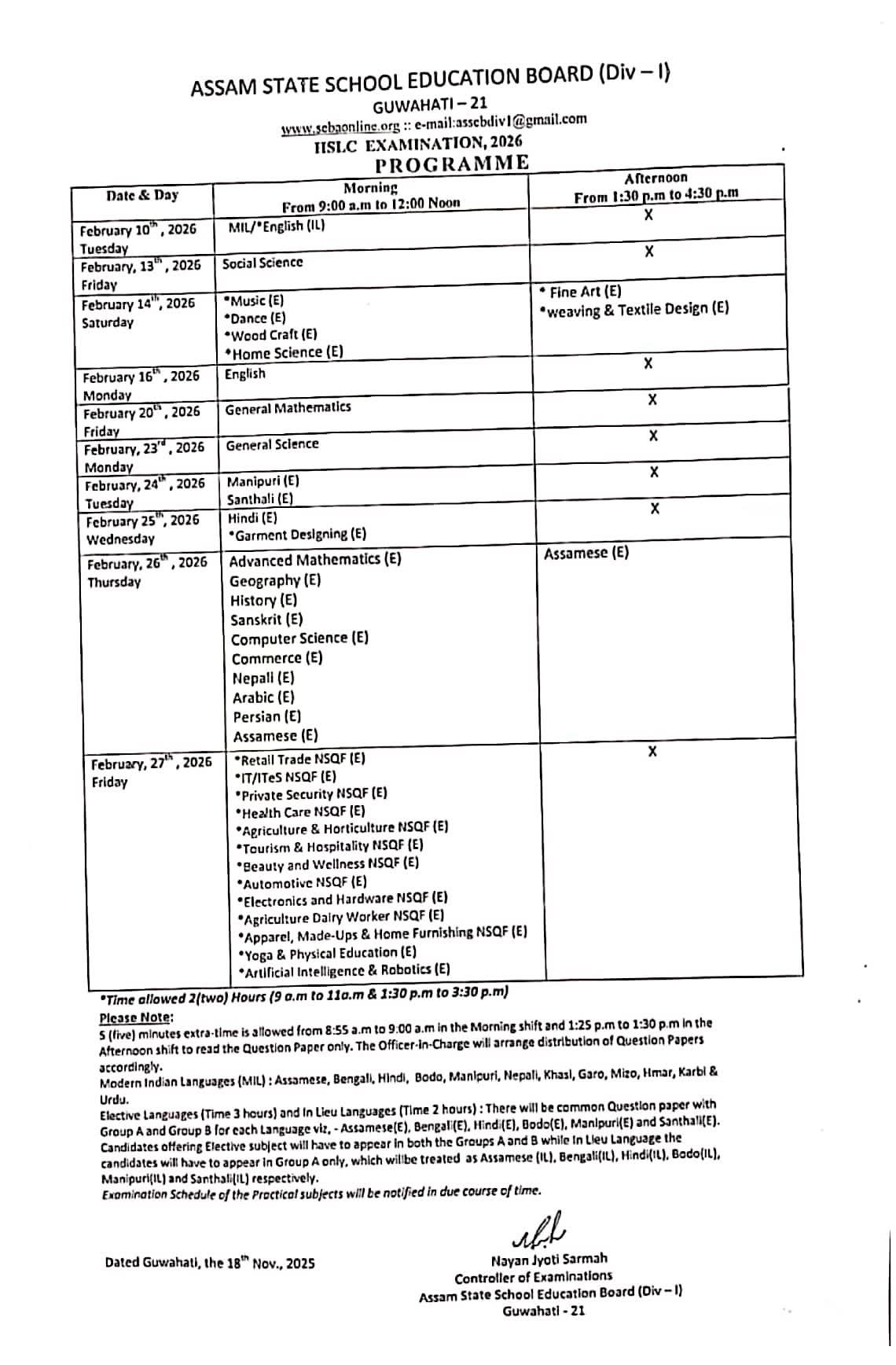Looking for previous year’s question papers for the SCERT Assam D.El.Ed PET exam? You’re in the right place! This article provides detailed previous year’s papers to help you prepare for the Diploma in Elementary Education entrance exam.
Overview
| Conducting Body | State Education Research Training Council Assam (SCERT) |
| Exam Name | Pre Entry Test (PET) |
| Admissions into | Diploma in Elementary Education |
| Selection Process | Based on Assam PAT scores |
| Purpose of Exam | D.El.Ed Admission |
| Tenure of Course | 2024-26 |
Exam Pattern For SCERT D.EL.ED PET 2024
- Total Marks: 100
- Time: 2 hours
- Type of question: MCQ
- Number of questions: 100
- Marking System:
- Correct response: 1 mark
- Incorrect response: -0.25 marks
Section-I (35 marks)
- General English (10 marks)
- General Knowledge (15 marks)
- Reasoning (10 marks)
Section-II (65 marks)
- General Mathematics (15 marks)
- General Science & EVS (15 marks)
- Social Science (20 marks)
- Language (Assamese/Bangla/Bodo) (15 marks)
Assam D.el.ed Syllabus 2024
- General English: vocabulary, tenses, verbs, etc.
- General Knowledge: current affairs, who is who, abbreviations, etc.
- Reasoning: logical and analytical reasoning, pattern, etc.
- Mathematics: numbers, fractions, percentage, etc.
- Science & Environmental Science: natural and social environment, factors influencing environment, etc.
- Social Science: natural and human resources, atmosphere, etc.
- Language: objectives of language learning, importance of language learning, etc.
How to Download D.El.Ed Entrance Question Paper
- Click on the links below to download the previous question papers for all subjects.
- Solving these papers will help you understand the difficulty level of the SCERT Assam D.El.Ed PET Exam.
Download Links
| Mathematics | Click Here |
| English | Click Here |
| General Aptitude | Click Here |
| General Knowledge | Click Here |
| Download Syllabus | Click Here |
| District wise center lists | Click Here |
| Visit Official Website | Click Here |
Marking System of d.el.ed entrance exam 2024
The performance of the candidates will be evaluated on the basis of correct and incorrect responses recorded on the OMR sheet. For every wrong response, 0.25 marks will be deducted from the total marks secured by the candidate for correct responses. More than one answer given to a question will be treated as wrong response.
| Section : I | Marks- 35 |
| General English | 10 marks |
| General Knowledge | 15 marks |
| Reasoning | 35 marks |
| Section : II | 65 marks |
| General Mathematics | 15 marks |
| General Science & EVS | 15 marks |
| Social Science | 20 marks |
| Language (Assamese/Bangla/Bodo) | 15 marks |
Syllabus of Assam d.el.ed Entrance Exam 2024
| Section-I | |
| General English | vocabulary, tenses, verbs, preposition, comprehension, voice change, narration, adverbs, synonyms, antonyms |
| General Knowledge | Current affairs, who is who, abbreviations, constitution of India, History of Assam, Inventions and discoveries, Sports. Art and culture, Every day Science, World Organizations, Geography of India, Educational Commissions and Committees, New Educational Initiatives, Educational Organizations |
| Reasoning | Logical and analytical reasoning ,pattern etc. |
| Section-II | |
| Mathematics | ➢ Numbers : Natural, whole, even and odd numbers, prime and composite numbers, place value, four fundamental operations of number, factors and multiples, prime factors, LCM and HCF, ascending and descending order. ➢ Fractions : Concept of fraction and its uses, ➢ Percentage : Concept of percentage, solving problems involving percentage, profit and loss. ➢ Money : Concept of money, solving problems involving money. ➢ Geometry : Angles, types of angles, types of triangle, types of quadrilateral, circle. ➢ Measurement : Length, area, volume and perimeter of different geometrical figures, Measurement of weight and time. ➢ Data handling : Representation of data, Bar diagram, Pie diagram. ➢ Square & square root : Concept of square root, solving problems involving square root. ➢ Ratio and proportion ➢ Simple algebraic equation. |
| Science & Environmental Science | ➢ Natural and Social Environment, ➢ Factors influencing environment. ➢ Causes of environmental degradation : Air, water, sound and soil pollution. ➢ Bio-diversity ➢ Environmental Issues : Flood, erosion, earthquake, deforestation, population explosion. ➢ Environmental protection- Constitutional provision, Protection Acts, Role of individual and local bodies, NGOs and Government. ➢ Different states and characteristics of matter, physical and chemical change, ➢ Chemical reaction, ➢ Force, energy, motion ➢ Cell–Plant and animal cell, structures ➢ Adaptation in plants, reproduction in plants ➢ Microorganism ➢ Heat and temperature, measurement of temperature ➢ Acid, Bases and Salt ➢ Light and Reflections ➢ Weather and climate ➢ Respiration in organism and in plants |
| Social Science | ➢ Natural and human resources ➢ Atmosphere and its different layers ➢ Freedom movement of India and role of India ➢ Constitution of India and its importance ➢ Democracy and its principles ➢ Rise and fall of Ahom kingdom ➢ Ancient urban civilization ➢ Government : State and Central ➢ Earth and its structure ➢ Consumer protection and right ➢ Role of financial institutions in socio economic development of the society ➢ Transport and communication ➢ Agricultural and Industrial development ➢ India after independence ➢ Contribution of medieval administrators on socio economic development in Assam. |
| Language | ➢ Objectives of Language learning ➢ Importance of language learning ➢ Application of phrases and idioms ➢ Skills of language learning (listening, speaking, reading and writing skill). ➢ Methods of language teaching ➢ Difference between home language and mother tongue ➢ Suffix, prefix, gender, coalescence of two words according to rules of grammar(sandhi) ➢ The verb and number (singular and plural) ➢ Reading Comprehension Test ➢ Nattabidhi , Sattabidhi |


